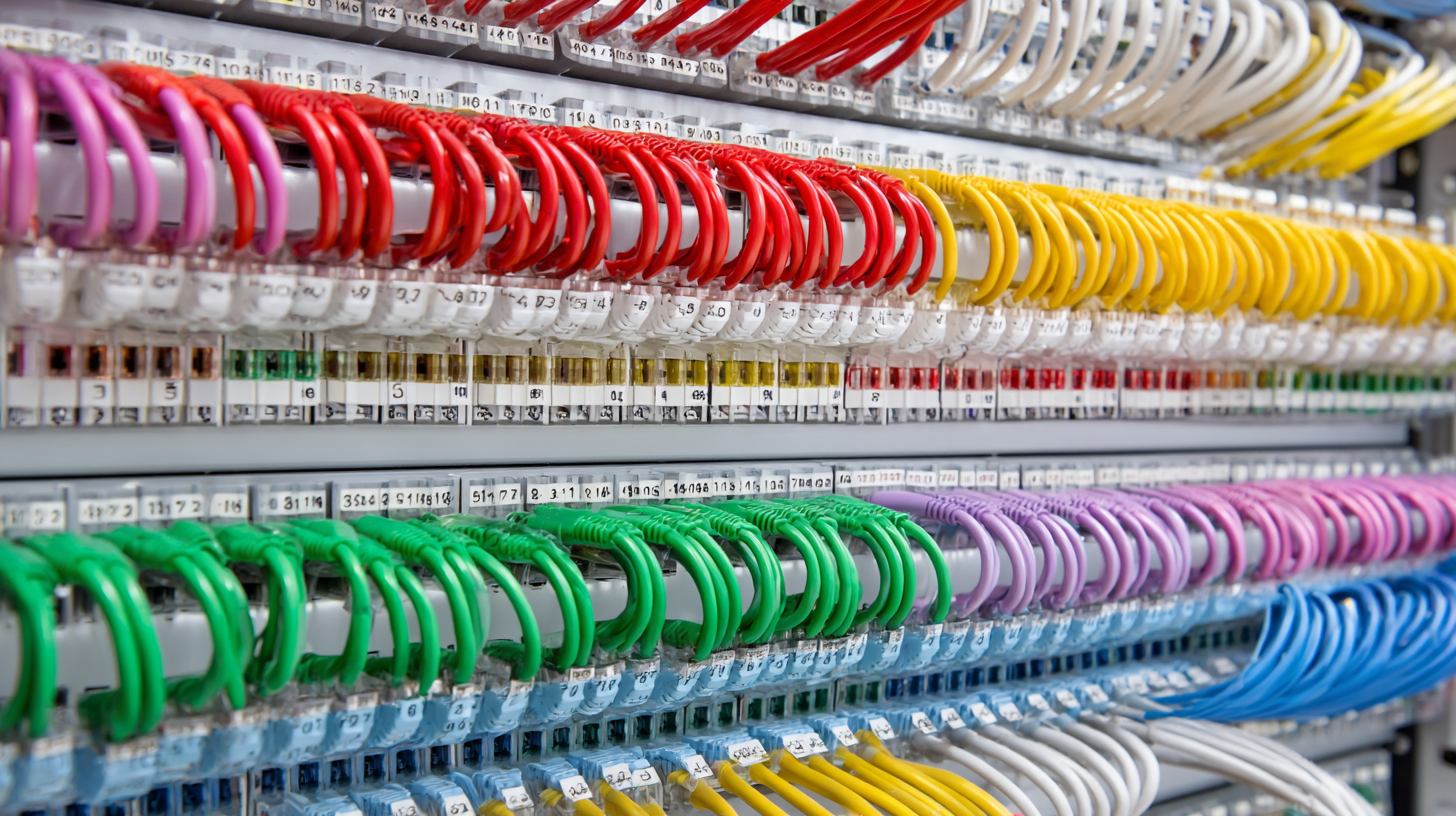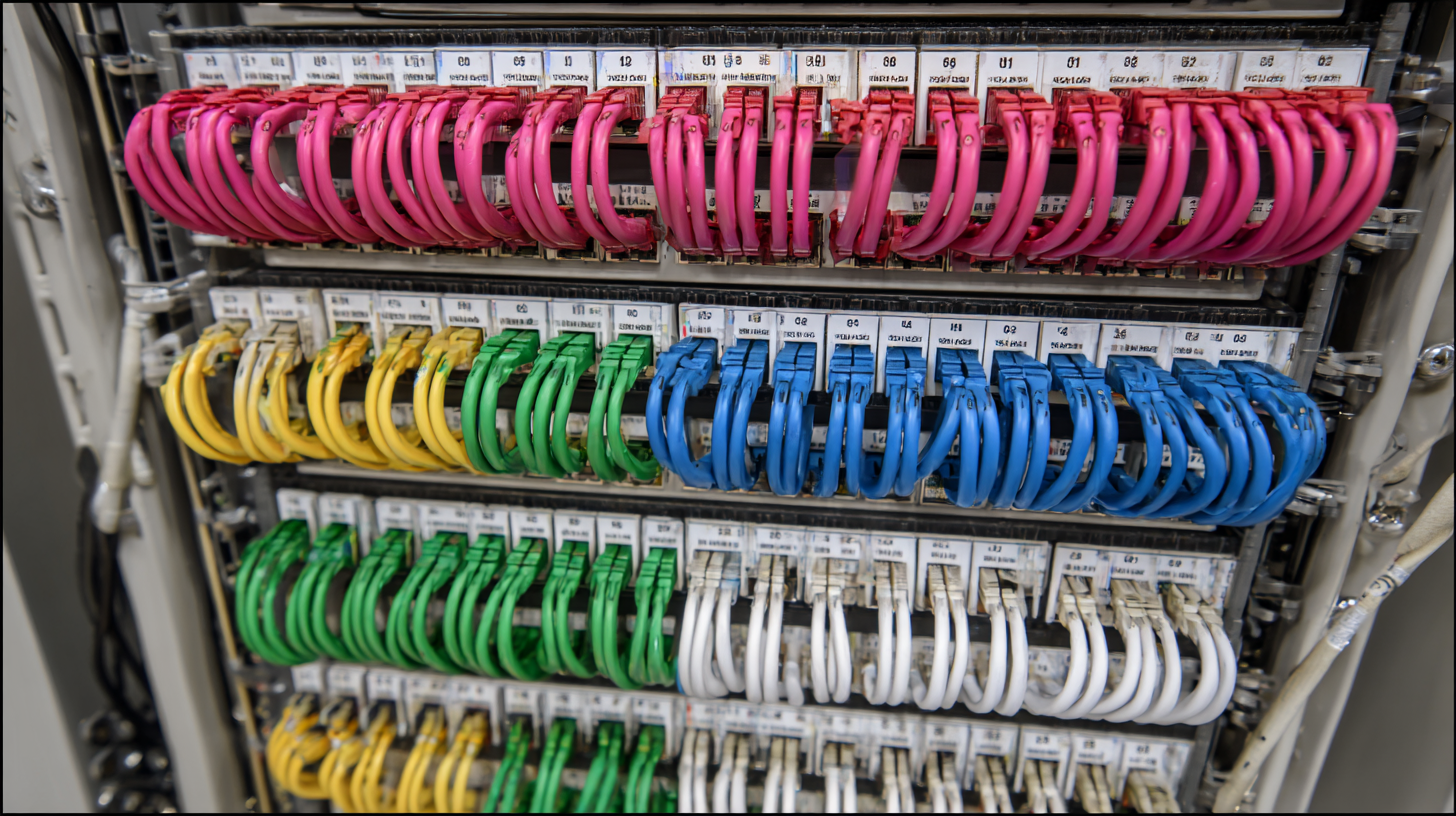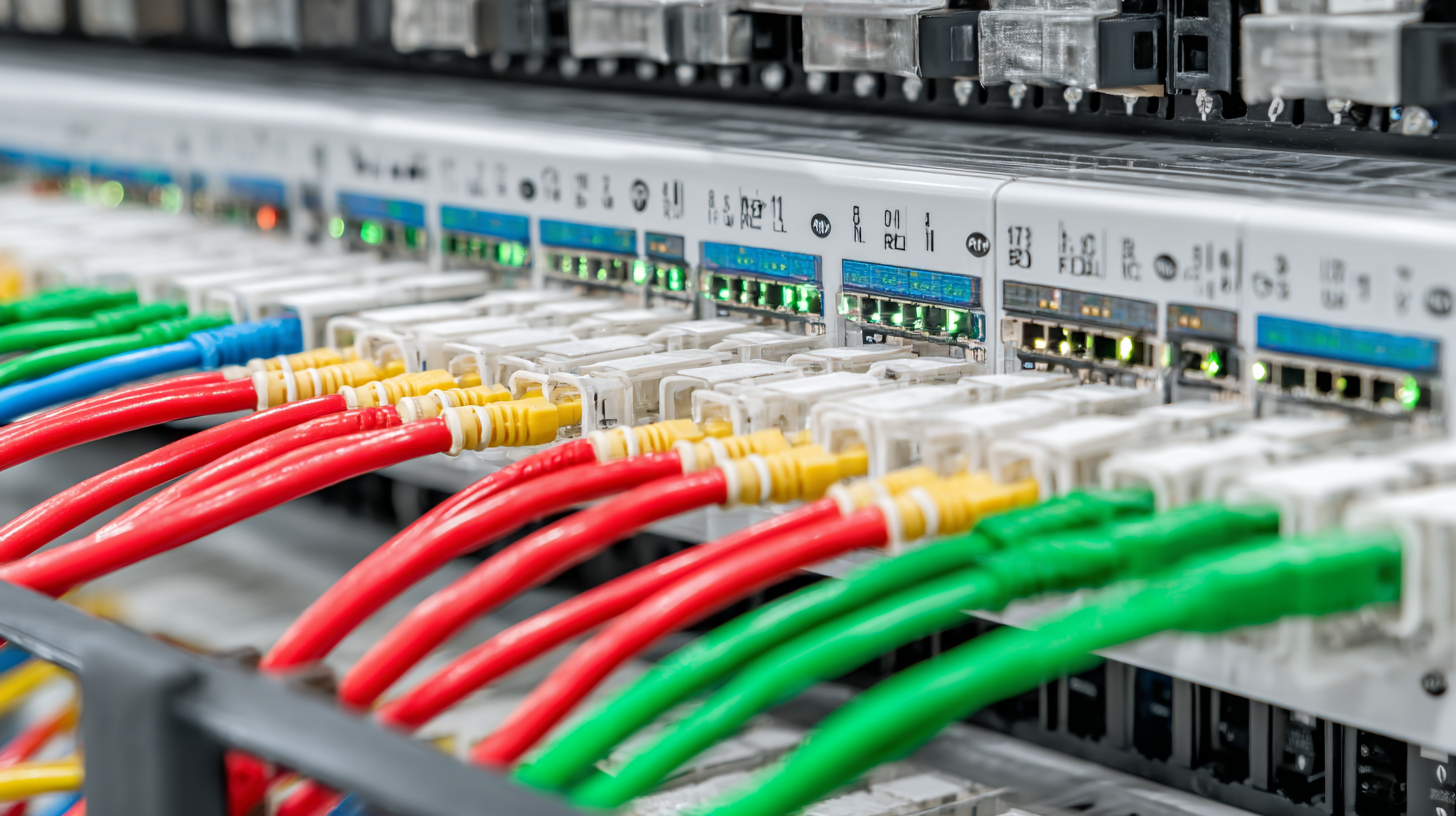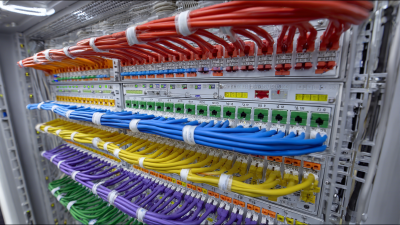How to Choose the Right Network Patch Panel for Your Installation Needs
In the rapidly evolving landscape of network infrastructure, selecting the appropriate network patch panel has become a critical component for both efficiency and performance in installations. As industries increasingly rely on seamless connectivity, findings from the 2022 Networking Equipment Market Analysis report show that 70% of companies reported improved data transmission speeds after optimizing their network configurations with the right patch panels. Furthermore, a survey by TechResearch emphasizes that an estimated 60% of network failures can be traced back to inadequate cabling solutions, underscoring the importance of choosing a reliable patch panel. This essential equipment not only organizes and directs network connections but also significantly impacts maintenance and scalability. Therefore, understanding the varied types of network patch panels and their specifications is crucial for IT professionals aiming to future-proof their networks and ensure optimal operational performance.

Understanding the Different Types of Network Patch Panels Available
When selecting a network patch panel, it's essential to understand the different types available to match your specific installation needs. There are primarily two types of patch panels: managed and unmanaged. Managed patch panels offer advanced features such as port monitoring and configuration capabilities, making them ideal for complex network environments. In contrast, unmanaged panels provide basic connectivity and are often the most cost-effective option for simpler setups.
The global patch panels market is experiencing significant growth, with projections indicating an increase from $1.28 billion in 2024 to approximately $2.78 billion by 2032, reflecting a compound annual growth rate (CAGR) of 10.19%. This demand underscores the importance of choosing the right panel type to ensure efficient network performance and scalability. Additionally, selecting compatible components like keystone jacks can further streamline network installations, enhancing both functionality and organization within your setup. As technology continues to evolve, understanding these options will be crucial for optimizing your network infrastructure.

Evaluating Your Installation Environment for Optimal Patch Panel Selection
 When selecting the right network patch panel,
evaluating your installation environment is crucial to ensure
optimal performance and efficiency. According to a report by TechTarget,
over 70% of network issues are attributed to improper installation and configuration.
This underscores the importance of understanding your specific environment, including factors such as
bandwidth requirements, the number of connected devices,
and future scalability needs. For instance, installations in data centers may necessitate
high-density patch panels that support higher bandwidth capacities,
while smaller office setups might be adequately served by standard 24-port panels.
When selecting the right network patch panel,
evaluating your installation environment is crucial to ensure
optimal performance and efficiency. According to a report by TechTarget,
over 70% of network issues are attributed to improper installation and configuration.
This underscores the importance of understanding your specific environment, including factors such as
bandwidth requirements, the number of connected devices,
and future scalability needs. For instance, installations in data centers may necessitate
high-density patch panels that support higher bandwidth capacities,
while smaller office setups might be adequately served by standard 24-port panels.
Additionally, the physical layout of your installation area can influence your decision.
If your network room is cramped, choosing a rack-mounted patch panel
with cable management features will help maintain organization
and prevent signal degradation caused by poor cable management. The latest trends in the industry
show that nearly 40% of organizations report improving network efficiency
after reassessing their cabling setup. Therefore, a thorough evaluation of both current
and future installation needs is essential for making an informed decision
that ensures robust network performance.
Key Features to Look for When Choosing a Network Patch Panel
When selecting the right network patch panel for your installation needs, it is essential to consider several key features that can significantly impact your network's performance and manageability. First, evaluate the panel's capacity, which refers to the number of ports available. Depending on your setup, you may need a panel that accommodates future expansions, so opting for one with additional ports can save you from future upgrades.
Another crucial feature is the labeling system. A well-organized labeling system simplifies cable management and troubleshooting, minimizing downtime during maintenance tasks. Look for patch panels that offer clear labeling options or compatible management accessories. Furthermore, consider the build quality and design. Materials used in the construction can affect durability and heat dissipation, impacting the longevity and reliability of your network. Lastly, the panel's compatibility with different cabling standards—such as Cat5e, Cat6, or fiber optics—should align with your current and future networking requirements to ensure seamless connectivity.
Comparing Modular vs. Fixed Configuration Patch Panels
When selecting a network patch panel, one of the primary considerations is the type of configuration that best suits your installation needs: modular or fixed. Modular patch panels offer flexibility; they allow users to customize connections according to specific requirements by using different types of modules. This can be particularly advantageous in environments where network demands frequently change, enabling easy upgrades or adjustments without replacing the entire panel. Furthermore, modular options often accommodate various cable types and standards, making them suitable for diverse networking setups.
On the other hand, fixed configuration patch panels come pre-terminated with a set number of ports and connection types. These panels are typically easier to install and may require less maintenance since they have fewer moving parts and components. However, they might limit future adaptability, making them a best fit for installations with stable and predictable networking needs. Ultimately, the choice between modular and fixed patch panels boils down to evaluating your current network structure and anticipating future requirements to ensure scalability and efficiency.
How to Choose the Right Network Patch Panel for Your Installation Needs
| Feature | Modular Patch Panel | Fixed Configuration Patch Panel |
|---|---|---|
| Flexibility | High - Can customize ports as needed | Low - Fixed number of ports |
| Installation Ease | Moderate - Requires more planning and setup | Easy - Simple plug-and-play setup |
| Cost | Typically higher due to modular components | Generally lower, fixed price |
| Scalability | Excellent - Can easily add more ports as needed | Limited - Requires complete replacement for expansion |
| Maintenance | Moderate - Can replace individual modules | Simple - Entire unit may need replacement |
| Ideal Use Case | Growing networks and data centers | Small offices or static networks |
Budgeting for Your Network Patch Panel: Cost Considerations and Value
When budgeting for a network patch panel, it’s essential to consider both upfront costs and long-term value. Patch panels come in various configurations and materials, which can significantly affect their prices. For instance, a basic 24-port patch panel may seem economical, but investing in a higher-quality, modular option could save money in the long run by accommodating future expansions and technology upgrades.
Additionally, consider the additional costs associated with installation and maintenance. A well-selected patch panel can simplify network management, reducing the time and resources needed for troubleshooting and adjustments. Look for panels that provide features such as labeling, easy patching, and compatibility with existing network infrastructure. Ultimately, the right choice balances initial expenditure with the potential operational efficiencies it can deliver, ensuring that the patch panel not only meets your current needs but also supports future growth within your network setup.
Cost Considerations for Network Patch Panels
Related Posts
-

7 Best Practices for Selecting the Right Patch Panel for Your Network
-

How to Choose the Right UTP Cat 6 Cables for Your Network Needs
-

Innovative Solutions for Enhancing Network Performance with Quality Patch Cables
-

10 Amazing Benefits of Using Network Patch Cables for Your Business
-

10 Reasons Why Cat 6 Bulk Cable is Essential for Your Network Installation
-

Common Issues Faced When Sourcing Bulk Cat 6 Cable for Global Supply Chains
